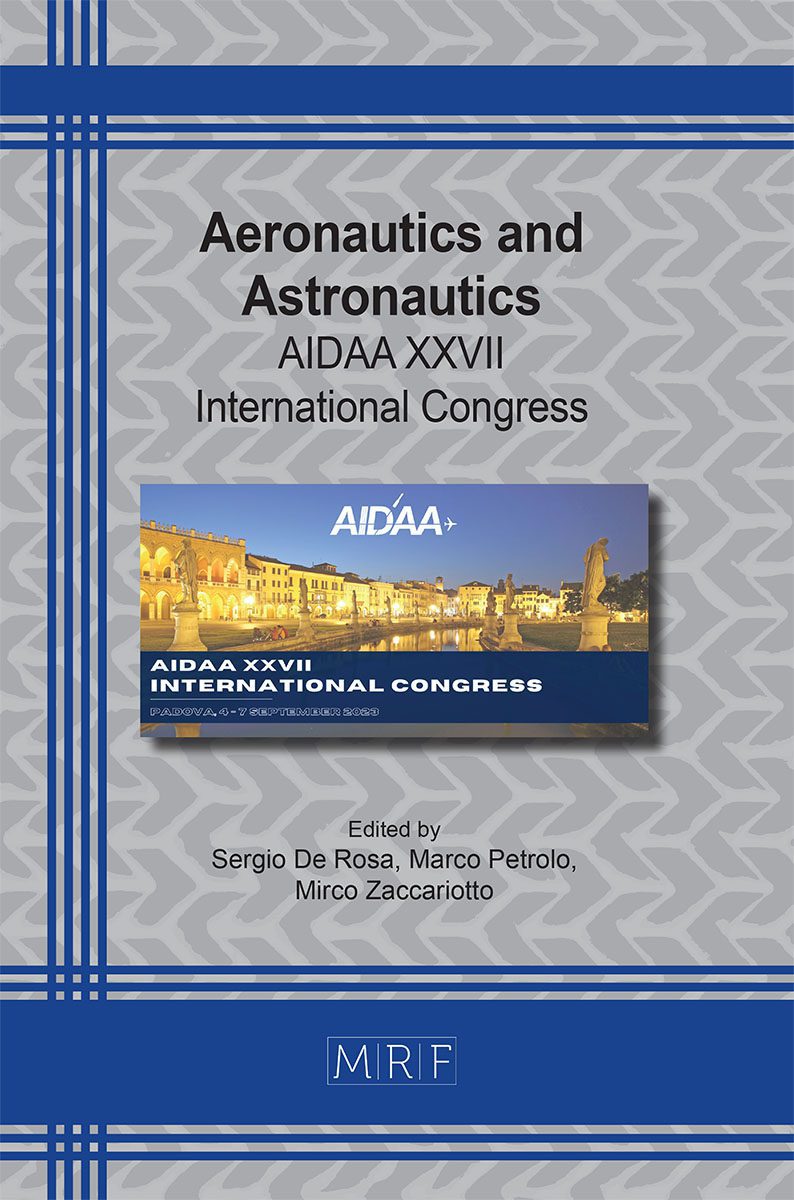Comparison of LARES 1 and LARES 2 missions – one year after the launch
Ignazio Ciufolini, Antonio Paolozzi, Emiliano Ortore, Claudio Paris, Erricos C. Pavlis, John C. Ries, Richard Matzner
download PDFAbstract. The LARES 1 and LARES 2 missions were designed to test an intriguing phenomenon predicted by the theory of general relativity: the Lense-Thirring (frame-dragging) effect. In particular, the LARES 2 mission was designed with the goal of reaching an accuracy 10 times better than that obtained with LARES 1, launched 10 years earlier. To reach this demanding goal a special orbit and a specific satellite design was required. Knowledge of the gravitational field of Earth of ever-increasing accuracy, thanks to the Follow-on GRACE space mission together with the spectacular orbital injection accuracy provided by the Avio-ASI-ESA launcher VEGA C, will make possible an even better accuracy after a few years of data analysis. In this paper the two missions are compared along with the results obtained from the LARES 1 mission and those expected from LARES 2.
Keywords
LARES 2, Satellite Design, Laser Ranging, General Relativity, Frame-Dragging
Published online 11/1/2023, 4 pages
Copyright © 2023 by the author(s)
Published under license by Materials Research Forum LLC., Millersville PA, USA
Citation: Ignazio Ciufolini, Antonio Paolozzi, Emiliano Ortore, Claudio Paris, Erricos C. Pavlis, John C. Ries, Richard Matzner, Comparison of LARES 1 and LARES 2 missions – one year after the launch, Materials Research Proceedings, Vol. 37, pp 563-566, 2023
DOI: https://doi.org/10.21741/9781644902813-123
The article was published as article 123 of the book Aeronautics and Astronautics
![]() Content from this work may be used under the terms of the Creative Commons Attribution 3.0 license. Any further distribution of this work must maintain attribution to the author(s) and the title of the work, journal citation and DOI.
Content from this work may be used under the terms of the Creative Commons Attribution 3.0 license. Any further distribution of this work must maintain attribution to the author(s) and the title of the work, journal citation and DOI.
References
[1] Ciufolini, I., Pavlis, E.C., Sindoni, G., … Koenig, R., Paris, C. A new laser-ranged satellite for General Relativity and space geodesy: II. Monte Carlo simulations and covariance analyses of the LARES 2 experiment, European Physical Journal Plus, 2017, 132(8), 337. https://doi.org/10.1140/epjp/i2017-11636-0
[2] Ciufolini, I., Paolozzi, A., Pavlis, E.C., …Gurzadyan, V., Penrose, R., An improved test of the general relativistic effect of frame-dragging using the LARES and LAGEOS satellites, European Physical Journal C, 2019, 79(10), 872. https://doi.org/10.1140/epjc/s10052-019-7386-z
[3] C.W. Misner, K.S. Thorne, J.A. Wheeler, Gravitation (Freeman, San Francisco, 1973).
[4] I. Ciufolini, J.A. Wheeler, Gravitation and Inertia (Princeton University Press, Princeton, New Jersey, 1995). https://doi.org/10.1515/9780691190198
[5] R. Penrose, Gravitational Collapse and Space-Time Singularities, Phys. Rev. Lett. 14, 57–59 (1965). https://doi.org/10.1103/PhysRevLett.14.57
[6] A. Riess et al., Astron. J., Observational evidence from supernovae for an accelerating universe and a cosmological constant, 116, 1009–1038 (1998). https://doi.org/10.1086/300499
[7] I. Ciufolini, Measurement of the Lense-Thirring drag on high-altitude, laser-ranged artificial satellites, Phys. Rev. Lett. 56, 278 (27 Jan 1986). https://doi.org/10.1103/PhysRevLett.56.278
[8] I. Ciufolini, A comprehensive introduction to the LAGEOS gravitomagnetic experiment: from the importance of the gravitomagnetic field in physics to preliminary error analysis and error budget, International Journal of Modern Physics A, 4, No. 13, pp. 3083-3145 (1989). https://doi.org/10.1142/S0217751X89001266
[9] B. Tapley, J.C. Ries, R.J. Eanes, M.M.Watkins, NASA-ASI Study on LAGEOS III, CSR-UT publication n. CSR-89-3, Austin, Texas (1989).
[10] I. Ciufolini et al., ASI-NASA Study on LAGEOS III (CNR, Rome, Italy, 1989).
[11] I. Ciufolini, Theory and experiments in general relativity and other metric theories. Ph.D dissertation, advisors: John A. Wheeler, Richard Matzner and Steven Weinberg.Univ. of Texas, Austin (Ann Arbor, Michigan, 1984).
[12] J.C. Ries, Simulation of an experiment to measure the LenseThirring precession using a second LAGEOS satellite. Ph.D Dissertation, Univ. of Texas, Austin, 1989.
[13] Ciufolini, I., Paolozzi, A., Pavlis, E.C., Sindoni, G., Paris, C., Preliminary orbital analysis of the LARES space experiment, European Physical Journal Plus, 2015, 130(7), 133. https://doi.org/10.1140/epjp/i2015-15133-2
[14] B.P. Abbott et al., Observation of Gravitational Waves from a Binary Black Hole Merger, Phys. Rev. Lett. 116, 061102 (2016). https://doi.org/10.1142/9789814699662_0011































